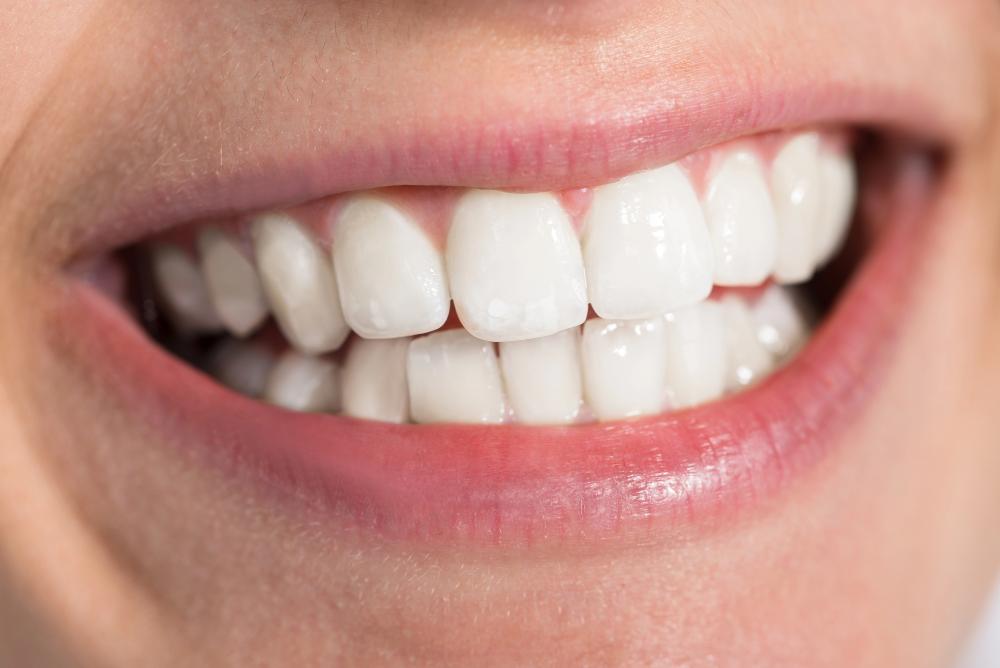The movement of teeth during orthodontic treatments
Many people who are familiar with Invisalign will call the aligners worn during treatment "invisible braces" or "Invisalign braces." These terms accurately describe the Invisalign aligners, which are a practically undetectable method of improving smile flaws. A convincing argument can be made that Invisalign aligners are virtually undetectable when compared to traditional braces.
On the flip side, because Invisalign aligners move teeth like traditional braces, calling them braces is also reasonable. Both traditional braces and the Invisalign procedure work to progressively realign teeth—not overnight. While this is true, the process can on occasion be sped up by using Invisalign and wearing your aligners for the recommended 22 hours per day. Contrarily, those who choose traditional braces are unable to fasten their results.
Invisalign Function On Natural Processes For Relocating Teeth
Treatment with Invisalign is effective because it makes use of processes that are already taking place naturally in your mouth. With the help of gentle manipulation, Invisalign aligns gently with the help of forces of compression and tension and realigns teeth gradually over time. Resorption of the bone and cementum occurs before the movement is caused by Invisalign clear aligners. The very movement coincides with the formation of new bones.
During the length of your personalized Invisalign treatment, you will typically receive a new set of aligners every two weeks. With each new set of clear aligners you obtain, your teeth may move. On the first three days of wearing them, 25mm will grow. Although it's impressive, at the same time it's important to understand that, in most cases, the number only illustrates how mobile your periodontal ligament is. The majority of the time bone mobility is not taken into account.
As your bone is what will keep your teeth in their new place, your bone must shift for the teeth to be moved to work. Patients normally need to wear each set of Invisalign aligners for two weeks because it can take that long for your ligament's fibers to deposit enough cementum to affix to your bone in a new location.
As you might have thought, maintaining your teeth in their new position can be difficult. If you don't wear your Invisalign braces for the required number of hours each day, you dramatically increase the chance that your teeth will relapse or shift in the opposite direction. If that happens, your Invisalign treatment may take longer than anticipated, postponing the anxiously anticipated public debut of your most stunning smile.
You must wear your Invisalign clear aligners for the recommended amount of time for your treatment to be as effective as possible and for each set of aligners to be effective. It will often be 20 to 22 hours per day. To be safe, you should typically only take out your aligners when you eat, brush, floss, and clean them; otherwise, keep them in.
How Soon Can You Expect To See Results?
When you decide to use Invisalign to straighten your teeth, you are taking the first step towards a radiant and healthy smile. So it's understandable to ask when the medicine will start working. The first thing you need to know is that each individually crafted clear aligner gently and gradually puts your teeth into its ideal alignment.
Your teeth will move horizontally and vertically as a result of the procedure. When necessary, it can even rotate your teeth. The uniquely designed aligners apply the proper amount of force at the proper time and location. Your teeth will gradually straighten as you periodically change your aligners. Your teeth are moved very slightly by each aligner tray.
Your gums will gradually rebuild around each tooth as the misaligned teeth move into their normal positions throughout this gradual adjustment. Then, your gums will firmly clasp your teeth and will gradually realign with this procedure for the greatest results. This will ensure a beautiful, healthy smile while also easing discomfort.
Hence, expecting significant gains in just one or two weeks is impractical. Patients with Invisalign have different rates of tooth movement. Within two to three months, some people start to see small changes, while others might need to wait a little longer. All you have to do is wait patiently for it to happen
Bottom Line
By the end of this discussion, it can be said that Invisalign basically works on the natural process of aligning teeth by applying slight pressure to move them to their appropriate positions. However, although many people consider Invisalign, they remain concerned about how it moves teeth so quickly, but now you know the answer.
%202.svg)



